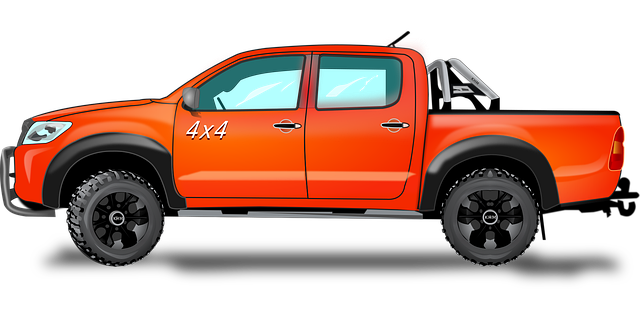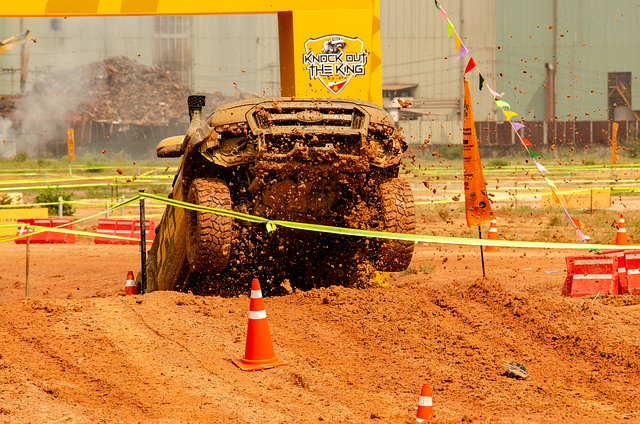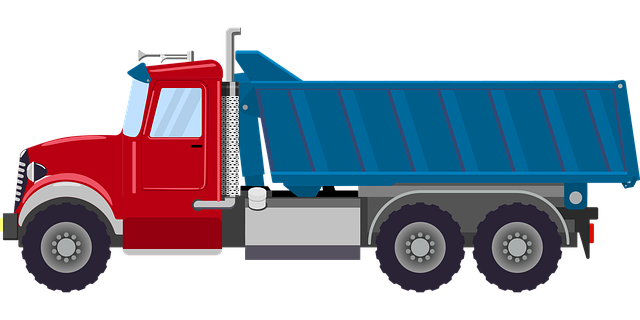Towing chains are essential for RGV-4×4 repairs, offering secure connections for towing and recovery. When selecting chains, prioritize sturdy steel with high capacity for safety and effectiveness in off-road conditions. Regular maintenance, including inspections, lubrication, and replacement of worn sections, extends chain lifespan. Always follow manufacturer guidelines for installation and use proper safety measures like wheel chocks on uneven terrain to prevent accidents during RGV-4×4-repair operations.
Towing chains are essential components in RGV-4×4 repairs, offering critical support during towing and enhancing vehicle stability. This article delves into the multifaceted role of these chains, exploring different types suitable for 4×4 vehicles. We provide a comprehensive guide on selection, installation, and maintenance to ensure optimal performance and longevity. Additionally, learn about safety measures and troubleshooting tips to confidently navigate RGV-4×4 repairs with tow chains.
- Understanding Towing Chains: Their Role and Types in RGV-4×4 Repairs
- Selection and Installation: A Step-by-Step Guide for Optimal Performance
- Common Issues and Troubleshooting Tips for Longer Lifespan
- Safety Measures and Best Practices When Using Towing Chains
Understanding Towing Chains: Their Role and Types in RGV-4×4 Repairs

Towing chains play a vital role in RGV-4×4 repairs, serving as essential components that facilitate the towing and recovery of vehicles. These chains are designed to handle heavy loads and provide a secure connection between two vehicles, making them indispensable for off-road adventures and emergency situations. Understanding their types is crucial for effective rgv-4×4-repair, ensuring the right chain is chosen based on factors like strength, durability, and compatibility.
Different towing chains are classified based on their construction and material, each offering unique advantages. For instance, steel towing chains are known for their exceptional strength and resistance to wear, ideal for intense off-road conditions. Conversely, synthetic chains provide lightweight alternatives with enhanced flexibility, allowing easier installation and reduced strain on the towing vehicle. Knowing these variations enables technicians and enthusiasts alike to select the most suitable chain for specific rgv-4×4-repair needs.
Selection and Installation: A Step-by-Step Guide for Optimal Performance

When selecting towing chains for your RGV 4×4 repair, it’s crucial to consider factors like vehicle weight capacity, chain material, and pin sizes. Look for high-quality steel chains with a rated load capacity exceeding your intended use to ensure optimal performance and safety. Always check the manufacturer’s guidelines for specific installation requirements.
Installation requires proper alignment and secure fastening. Begin by examining the existing towing points on your RGV 4×4, ensuring they are in good condition. Connect the towing chain links securely to the designated hooks or eyes using the provided pins. Double-check all connections for tight fits, and consider using a wrench for added security. A correctly installed towing chain will provide even weight distribution and prevent sudden disconnections during tow operations.
Common Issues and Troubleshooting Tips for Longer Lifespan

Towing chains, like any other component in a 4×4 vehicle, can face various issues over time. Regular wear and tear, especially during frequent or heavy towing, can lead to problems that may affect their performance and longevity. Common issues include chain stretch, which can cause misalignment and reduced efficiency, and pin damage or corrosion, resulting in weak links. To ensure a longer lifespan for your towing chains, regular maintenance is key. This includes inspecting them before and after each tow for any visible signs of damage or wear.
Troubleshooting tips involve checking the tension regularly; loose chains can skive or damage other components. Lubrication is also crucial, using a high-quality lubricant designed for 4×4 chains to prevent corrosion and ensure smooth operation. In case of noticeable stretch, consider replacing the chain as soon as possible. For instance, an RGV-4×4-repair might involve checking the chain’s integrity, cleaning it thoroughly, and ensuring proper pin placement. By adopting these preventive measures, you can significantly extend the life of your towing chains and maintain optimal vehicle performance.
Safety Measures and Best Practices When Using Towing Chains

When using towing chains, safety should always be a top priority for drivers engaging in RV-4×4 repairs or any form of tow driving. Proper chain attachment is crucial to prevent accidents and damage. Always ensure the vehicle being towed is securely fastened with matching hitches and that all chains are properly adjusted and tensioned. Use additional support like wheel chocks and stabilizers, especially on uneven terrain, to maintain control and stability during transport.
Regular maintenance and inspection of towing equipment, including RGV-4×4 repair components, are essential best practices. Check for wear and tear on chains regularly, replacing any damaged or frayed sections immediately. Keep a thorough inventory of your towing gear, making sure all necessary links, connectors, and accessories are readily available. Understanding the weight capacity and proper use of each chain component ensures safe and effective towing, preventing hazardous situations on the road.
Towing chains are indispensable tools in RGV-4×4 repairs, offering crucial support for heavy-duty tasks. By understanding their types, selecting and installing them properly, and adhering to safety measures, you can extend their lifespan and ensure optimal performance when towing or hauling. Implementing the troubleshooting tips outlined in this guide will help prevent common issues, making these chains a reliable asset for your RGV-4×4 repair needs.



